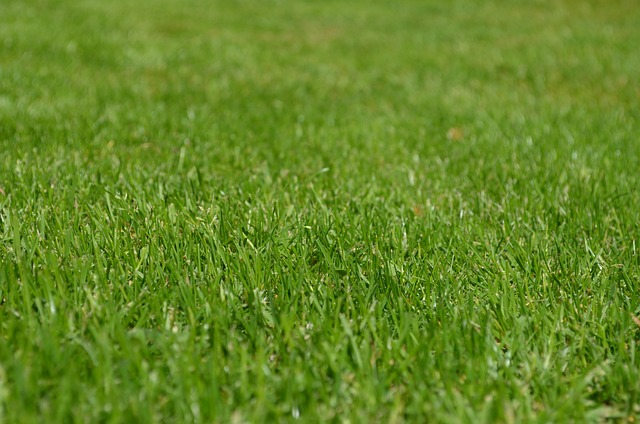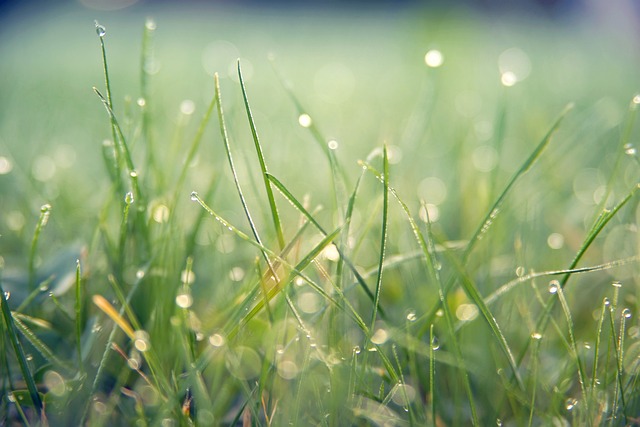Effective lawn irrigation relies on understanding each lawn's unique water needs, fine-tuning systems based on seasonal changes, and using tailored delivery methods like sprinkler, drip, or micro-spray systems. Setting up an efficient Lawn Care and Landscaping system involves assessing property factors, strategically planning water distribution, installing reliable lines and control valves, and thoroughly testing for optimal performance and resource conservation.
“Transform your lawn from a mere green patch to a vibrant oasis with an efficient irrigation system. In this comprehensive guide, we delve into the art of lawn care and landscaping through optimal water management. Understanding your lawn’s unique water needs is key; it dictates the choice between sprinkler, drip, or other innovative systems. Our article offers a step-by-step installation process, ensuring your landscape boasts a healthy, lush greenery. Discover how to create a tailored irrigation solution that conserves water and enhances your outdoor space.”
- Understanding Your Lawn's Water Needs: A Foundation for Effective Irrigation
- Types of Irrigation Systems: Sprinklers, Drip, and More for Optimal Lawn Care
- Installation Process: Step-by-Step Guide to a Efficient Landscaping Irrigation System
Understanding Your Lawn's Water Needs: A Foundation for Effective Irrigation

Irrigating your lawn effectively requires a deep understanding of its specific water requirements. Every lawn is unique, with variations in grass type, soil composition, and sunlight exposure influencing water needs. Different grasses, for instance, have varying tolerances to drought and moisture; knowing this ensures you provide the ideal amount of water for each species. Similarly, soil types vary in their ability to retain water, necessitating adjustments in irrigation timing and frequency.
Lawn care and landscaping professionals often recommend assessing your lawn’s health and conditions regularly to fine-tune irrigation systems. This may involve examining the grass’ color, texture, and growth patterns. During hot or dry periods, lawns might require deeper but less frequent watering, while cooler, wetter seasons allow for shallower, more regular applications. By tailoring water delivery to these dynamic needs, you not only ensure your lawn’s health but also conserve water resources, a key consideration in modern lawn care and landscaping practices.
Types of Irrigation Systems: Sprinklers, Drip, and More for Optimal Lawn Care

Irrigation systems are essential for optimal lawn care and landscaping, providing efficient water distribution tailored to various plant needs. The three primary types—sprinkler, drip, and micro-spray—offer distinct advantages depending on factors like climate, soil type, and vegetation density.
Sprinkler systems, popular for their broad coverage, use a network of pipes to spray water directly onto the lawn. They’re ideal for larger areas and harsher weather conditions. Drip systems, conversely, deliver water slowly and directly to plant roots, making them perfect for drought-prone regions and delicate landscapes. Micro-spray systems offer a middle ground, combining precise water delivery with broader coverage for balanced lawn care and landscaping solutions.
Installation Process: Step-by-Step Guide to a Efficient Landscaping Irrigation System

The installation process for an efficient landscaping irrigation system involves several crucial steps. First, assess your lawn care and landscaping needs to determine the best type of system for your property. This includes evaluating factors such as soil type, terrain, plant species, and size of the area to be irrigated. Next, design a layout that ensures optimal water distribution, minimizing wastage while covering all necessary zones.
Proceed by installing the main water supply line, ensuring it’s connected to a reliable source and equipped with pressure regulators for consistent flow. Place the control valve in an accessible location, allowing easy management of irrigation schedules. Then, install the sprinkler heads or drip emitters according to the designed layout, adjusting their height and placement to meet specific plant requirements. Test the system thoroughly to identify and fix any leaks or malfunctions before finalizing the installation, ensuring a well-functioning and efficient lawn care solution tailored for your landscaping needs.
Irrigation system installation is a key component of effective lawn care and landscaping. By understanding your lawn’s water needs, exploring various irrigation types, and following a meticulous installation process, you can ensure optimal hydration for a lush, vibrant green space. Embrace the benefits of efficient watering practices to foster a thriving outdoor oasis that requires less maintenance and offers both aesthetic appeal and long-term sustainability.



